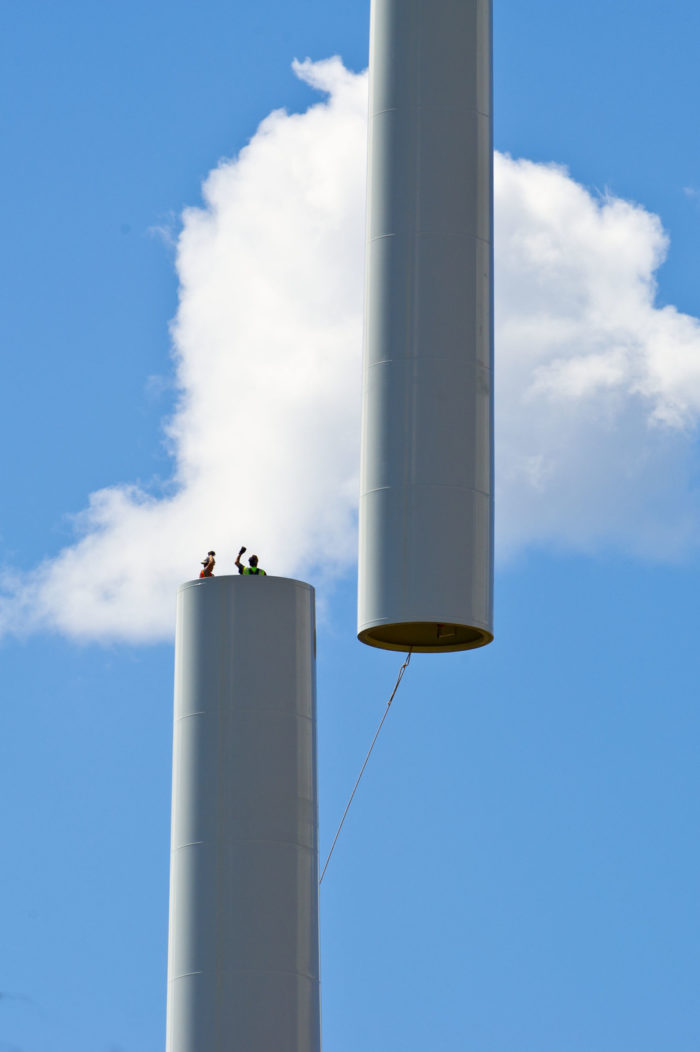
Image Credit: Dennis Schroeder / National Renewable Energy Laboratory
The U.S. Department of Energy will spend $2 million to advance the construction of wind turbine towers as much as 150 feet taller than the current average, increasing the amount of electricity they can produce.
The money comes from something called the Taller Hub Heights initiative. Two grants were announced earlier this month that would benefit research and pilot programs in Massachusetts and Iowa, Oilprice.com reported.
The hub height of turbine towers — the distance from the ground to the point where rotors are attached to the generator — averaged 260 feet in 2013. Heights are limited by the complexities of moving components to the installation sites, the report said. But aided by new construction techniques, towers for these projects could reach nearly 400 feet, putting the reach of rotor tips 558 feet above the ground.
Taller turbines produce more energy, Oilprice.com said, with output capacity reaching as much as 10 megawatts and matching what’s already possible in taller offshore installations.
Spiral welding for taller, cheaper towers
In Massachusetts, the money would help Keystone Tower Systems develop a new manufacturing technique that uses automated spiral welding to produce slender, conical towers on-site.
Spiral welding promises to “dramatically” reduces construction costs while removing current transportation limitations for taller tower components, says a description published by Northeastern University, one of the partners in the project.
“An important barrier to the deployment of this technology is a lack of fundamental understanding of the limit states for this particular structure and, generally, for slender shells,” the description says. “To overcome this barrier, Northeastern University and Johns Hopkins University are executing a program of fundamental analytical and large-scale experimental research into the limit states of and design standards for slender towers with particular emphasis on those manufactured with spiral welding.”
As academic work moves ahead, Keystone Tower Systems is developing the manufacturing end of the process.
In Iowa, concrete is the potential answer
Iowa State University will use its $1 million to find out whether high-strength concrete can be used to build taller turbine towers.
Research will focus on the use of precast, hexagonal components to build towers. The components reduce both construction and transportation costs, according to a summary of the technique.
Weekly Newsletter
Get building science and energy efficiency advice, plus special offers, in your inbox.





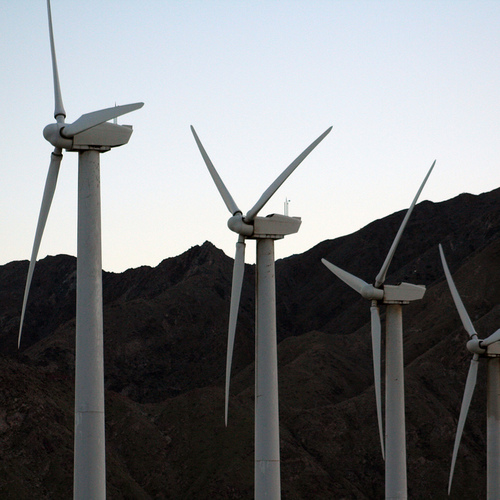
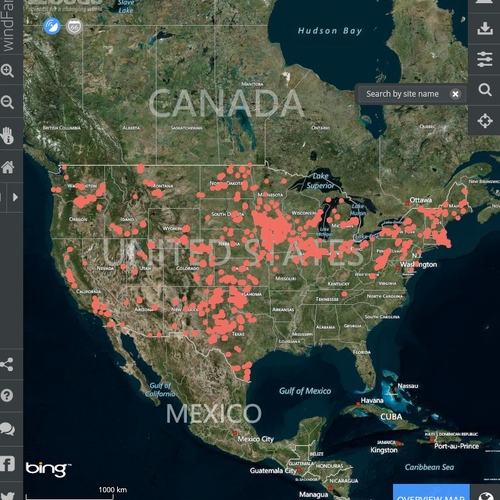
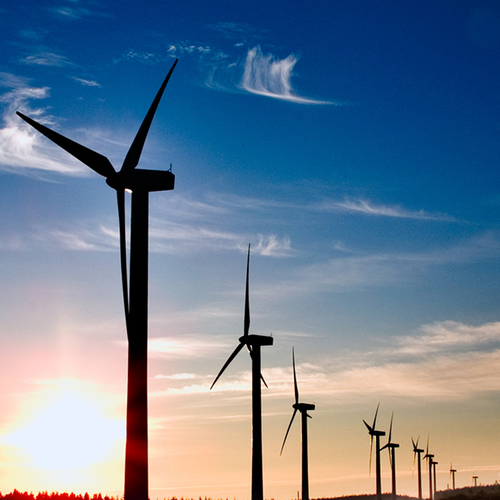
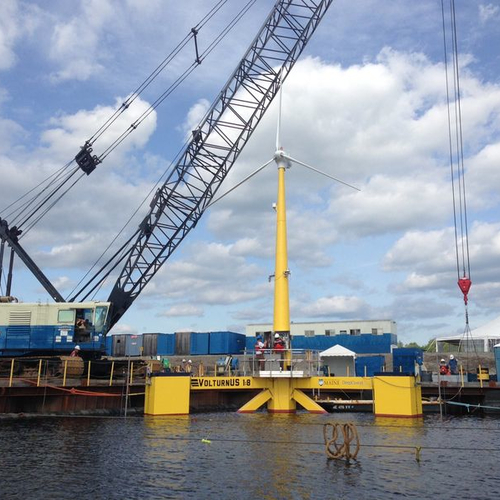






One Comment
Actually the title should be something about more affordable bui
The wind farm going up a mile from my home has towers at 460 feet according to their registration.
Looks like they are trying to find a more affordable way to build and deliver the towers, which is cumbersome
Log in or create an account to post a comment.
Sign up Log in